Moldy food is one of those unwelcome surprises that can spark immediate concern in any kitchen. The instinct to toss anything with a fuzzy green or blue patch is understandable—and often wise. Certain mold types can produce harmful toxins, and consuming contaminated food can lead to illness. However, not all moldy foods are created equal. In some cases, what looks like a culinary casualty may still be salvageable with proper care and knowledge.
Understanding which moldy foods are safe and which are not can help reduce waste without compromising your health. Some firm or aged foods, like hard cheeses or cured meats, can safely be eaten after removing the moldy section, while others, particularly soft or porous items, should be discarded at the first sign of spoilage. This guide will walk you through the dos and don’ts of moldy food, offering clear, practical advice so you can make informed choices when faced with this common dilemma in your pantry or fridge.
1. Bread and Baked Goods
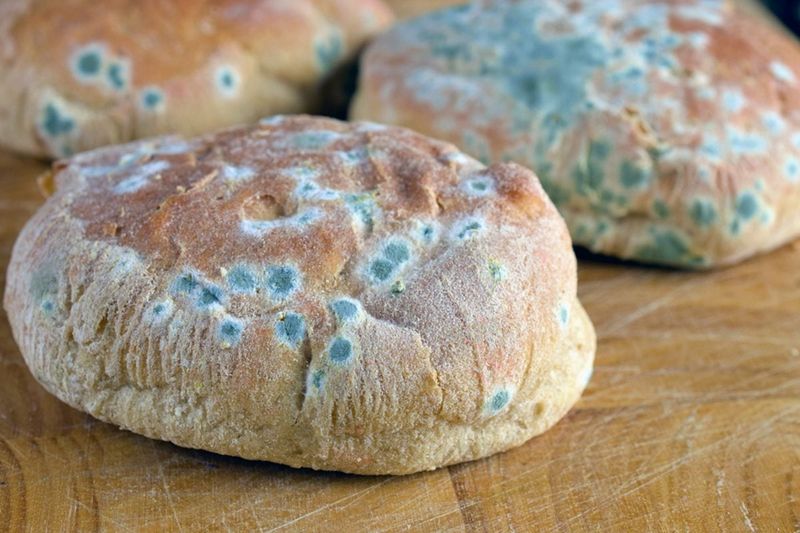
Mold on bread is a common sight, yet it’s a clear signal to toss it away. Bread’s porous nature makes it easy for mold to spread beyond what’s visible, causing potential health risks. Ingesting moldy bread can introduce harmful spores into your system, leading to digestive issues.
Even if one slice appears mold-free, the rest of the loaf might be contaminated. Not only does mold affect the taste, but it also diminishes the nutritional value. To prevent mold, store bread in a cool, dry place, and consider freezing it for longer shelf life.
2. Soft Cheeses

Cutting into a soft cheese like Brie or Camembert and finding mold beyond the natural rind can be an unwelcome surprise. Soft cheeses are especially vulnerable to mold because of their high moisture content, which allows contaminants to spread quickly throughout.
Even the smallest spot of mold may affect the entire piece, increasing the risk of ingesting harmful mycotoxins. For health and safety, it’s best to discard any soft cheese that shows signs of mold. Choosing firmer cheeses can help you avoid this issue and still enjoy a flavorful experience.
3. Cooked Pasta and Grains

Leftovers can be a savior on a busy night, but not when they turn moldy. Cooked pasta and grains, due to their moisture content, can become a breeding ground for mold if stored improperly. Mold can grow rapidly in such environments, often going unnoticed until it’s too late.
Consuming moldy pasta or grains can lead to food poisoning or allergic reactions. Refrigerating promptly after cooking and consuming within a few days can help prevent mold growth. Always inspect leftovers before reheating to ensure they’re safe to eat.
4. Raw and Cooked Leftover Meat

Dinner leftovers should be a delight, not a danger. Mold on raw or cooked meat is a red flag, as it indicates spoilage. Meat, when stored improperly or for too long, can develop mold, leading to unpleasant odors and flavors.
Moldy meat can harbor bacteria that are harmful when ingested, posing significant health risks. It’s best to avoid eating any meat showing signs of mold, regardless of cooking status. Proper storage in the refrigerator and consuming leftovers within a few days can reduce the risk of mold development.
5. Jams and Jellies
A sweet spread on toast can quickly turn into a moldy nightmare. Jams and jellies, despite their sugary content, are not immune to mold. Once mold appears, it often spreads throughout the jar, even if it’s not visible.
Mold in these spreads can produce mycotoxins, which are harmful to consume. It’s recommended to discard any jam or jelly with visible mold completely. Always use clean utensils to scoop out portions, and store in the refrigerator to slow down mold growth.
6. Soft Fruits and Vegetables
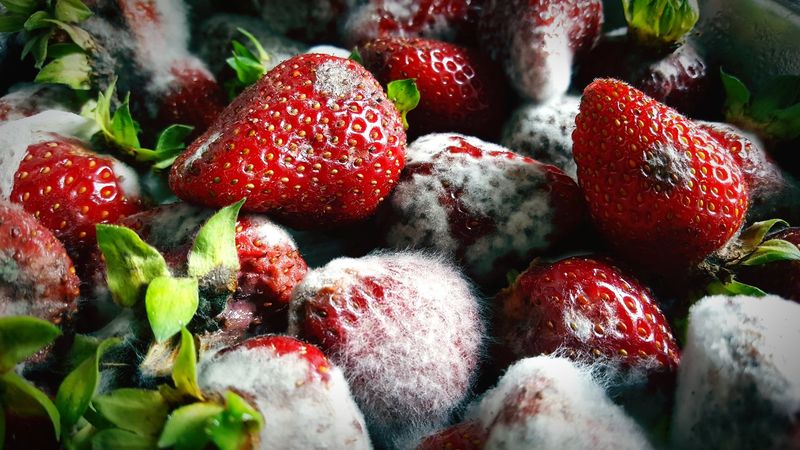
That juicy peach or ripe tomato can turn into a moldy mess rather quickly. Soft fruits and vegetables, with their high water content, are more vulnerable to mold. Mold spores can spread swiftly, affecting the entire fruit or vegetable.
Eating moldy produce can result in unpleasant tastes and potential health issues. It’s safer to discard any soft fruits or vegetables showing signs of mold. To extend freshness, store them in the refrigerator in a well-ventilated container and consume them promptly.
7. Jarred Pasta Sauce
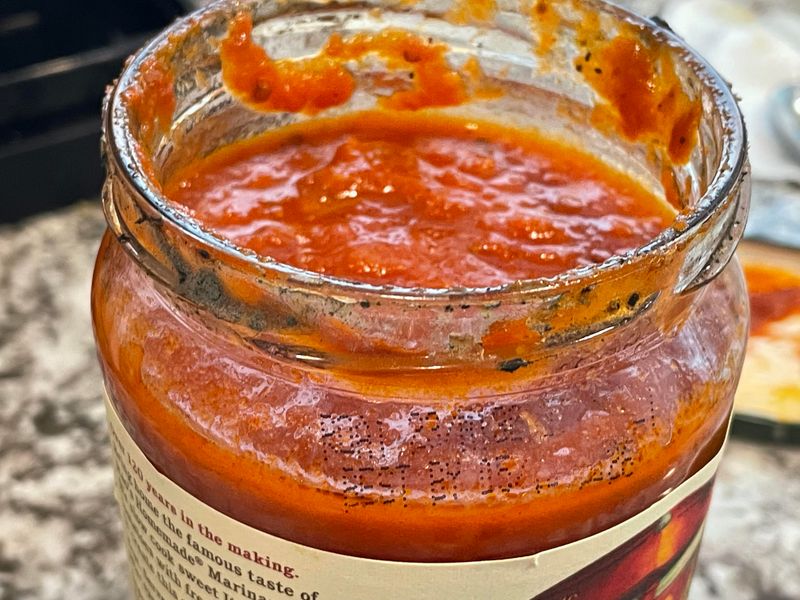
Opening a jar of pasta sauce only to find mold is frustrating. Jarred sauces, once opened, are prone to mold growth due to exposure to air and moisture. Mold can develop on the surface, spreading through the sauce.
Consuming moldy sauce can lead to foodborne illnesses. To prevent mold, refrigerate after opening and use within a recommended time frame. Always check for signs of mold before using. If you spot mold, it’s best to discard the entire jar, ensuring food safety at your meals.
8. Hard Fruits and Vegetables
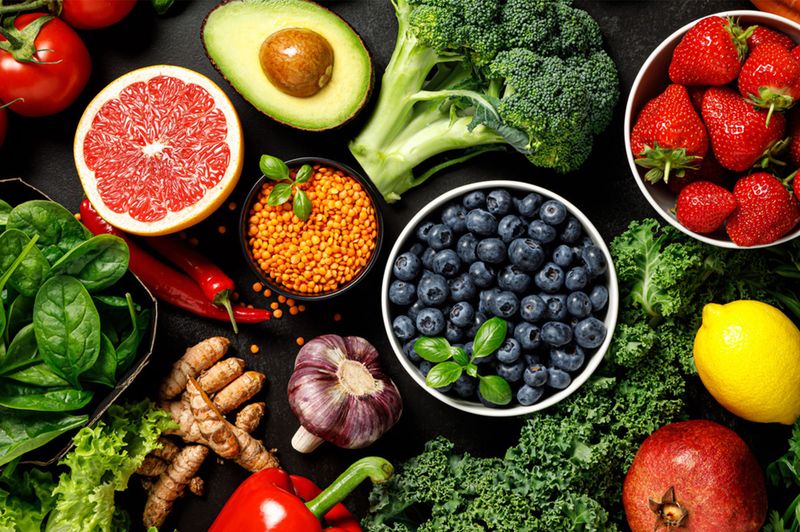
Surprisingly, not all fruits and veggies spell trouble when they show mold. Hard fruits like apples and vegetables like carrots can be deemed safe after careful removal of the moldy area. The dense nature of these foods prevents mold from penetrating deeply.
Cutting away at least one inch around the moldy spot usually ensures safety. However, be cautious and ensure the remaining fruit or vegetable is still fresh. This method allows for minimal waste while keeping your diet nutritious. Always inspect thoroughly before deciding to consume.
9. Hard Cheeses
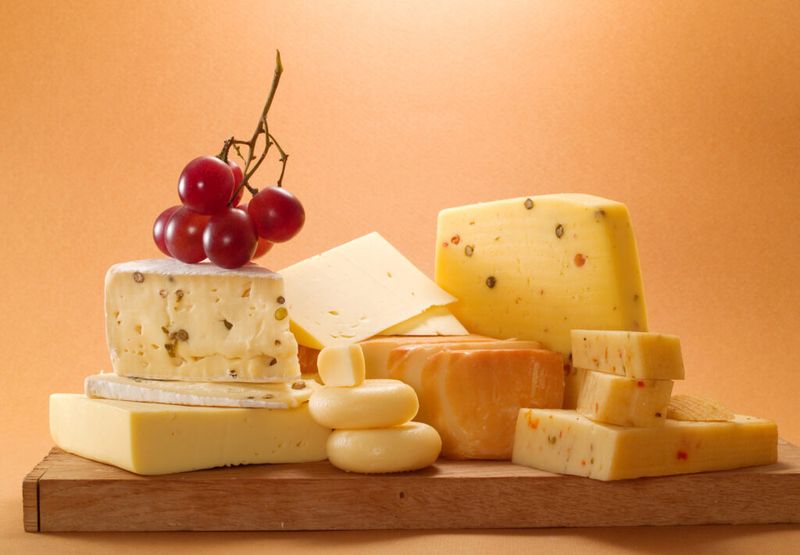
Cheese lovers might breathe a sigh of relief. Hard cheeses like cheddar are generally safe even when mold appears. The dense texture acts as a barrier, stopping mold from spreading inside. Simply cutting off at least one inch around the affected area can salvage the rest.
This precaution ensures that the remaining cheese is free from any mold contamination. While the cheese might lose a bit of volume, the rich flavor and texture remain intact. In this case, a little mold doesn’t necessarily mean a total loss.
10. Hard and Dry Cured Meats
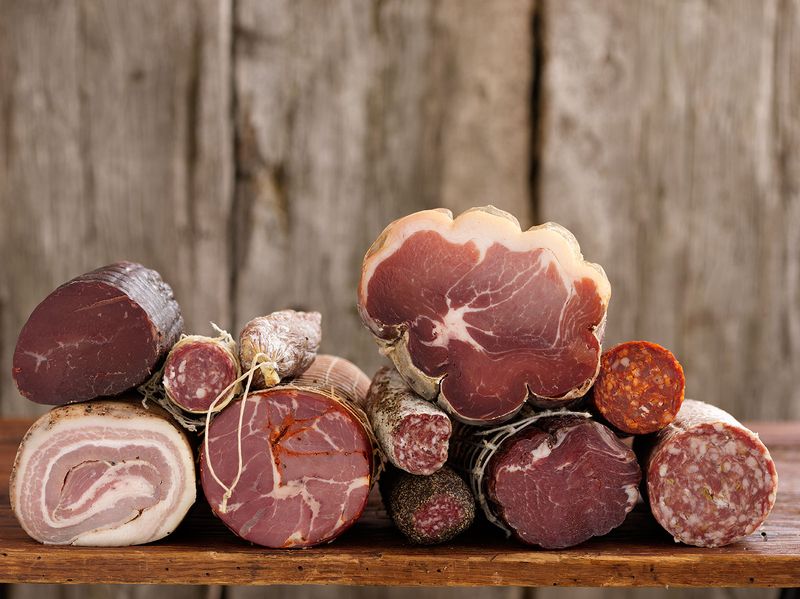
A light mold coating on dry-cured meats like salami isn’t unusual and is often harmless. In fact, it’s part of the curing process that gives these meats their distinct flavor. The mold layer acts as a protective barrier, and it can simply be scrubbed off before consumption.
This characteristic makes dry-cured meats unique in that they remain safe despite mold appearance. However, always ensure the meat’s overall aroma and texture are normal before indulging. This quirky twist on mold safety can surprise many meat aficionados.
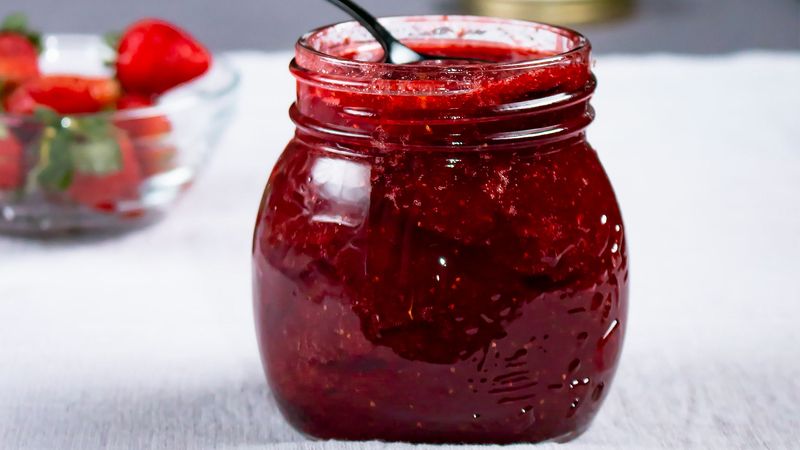
Leave a comment